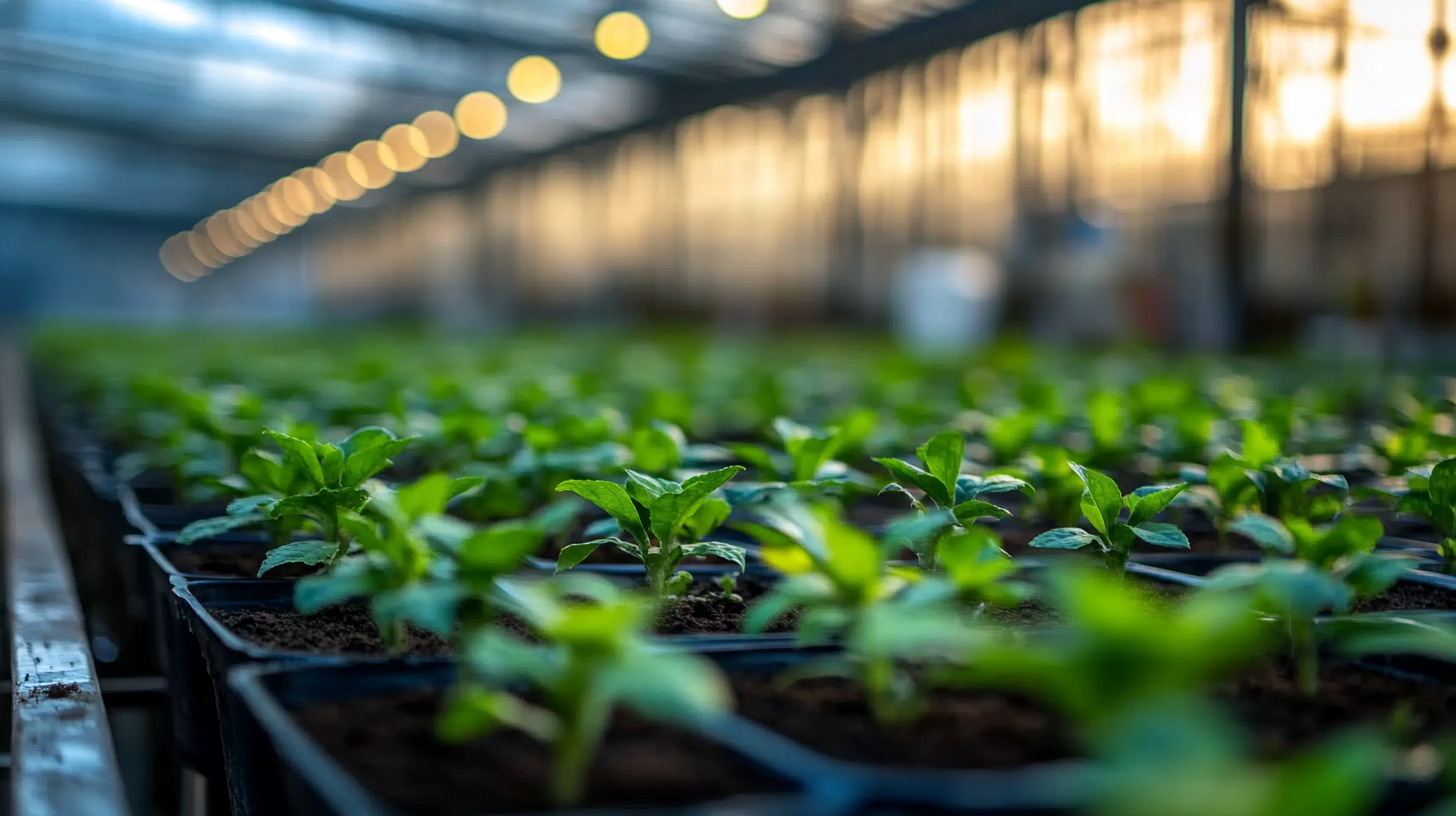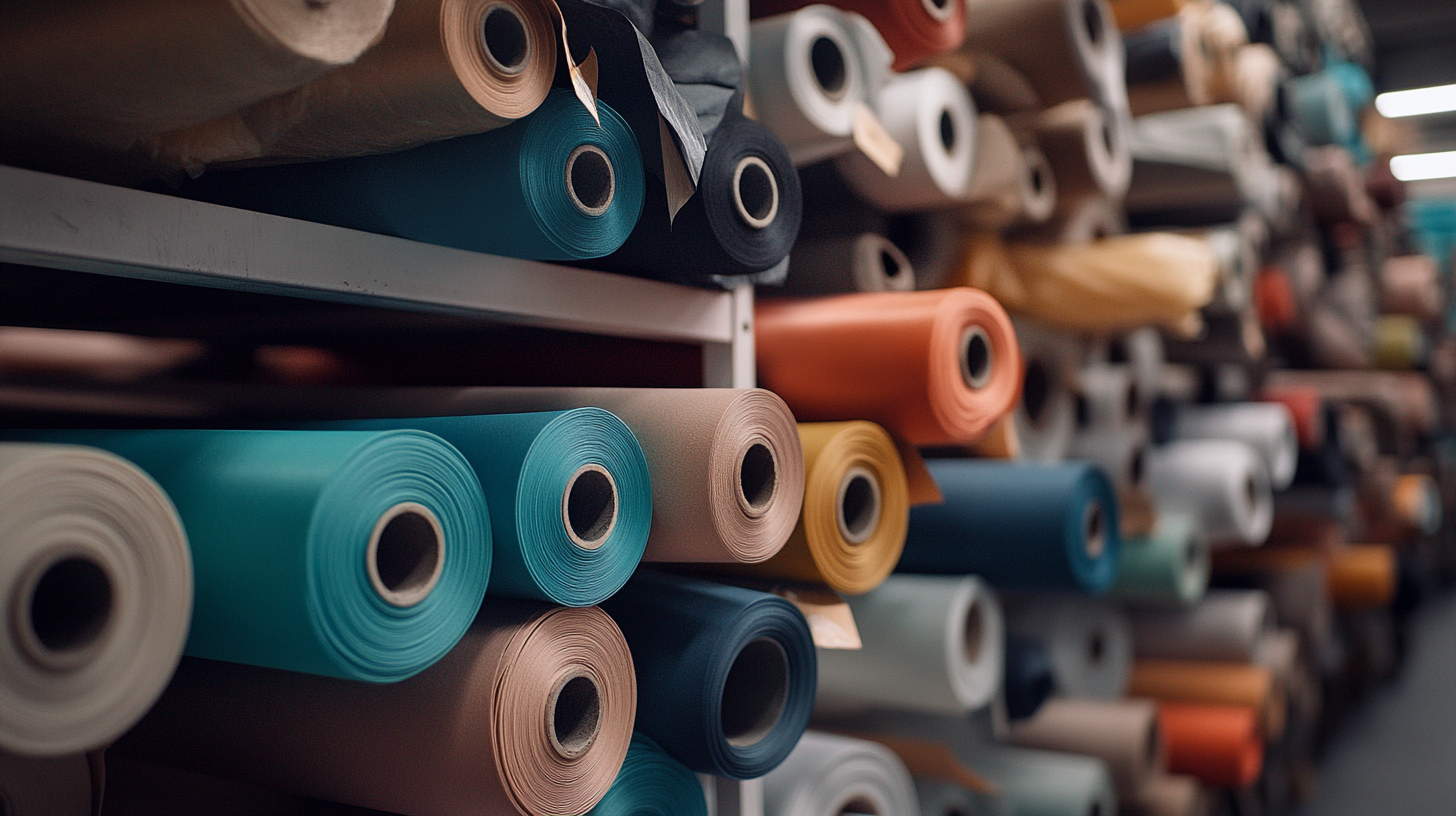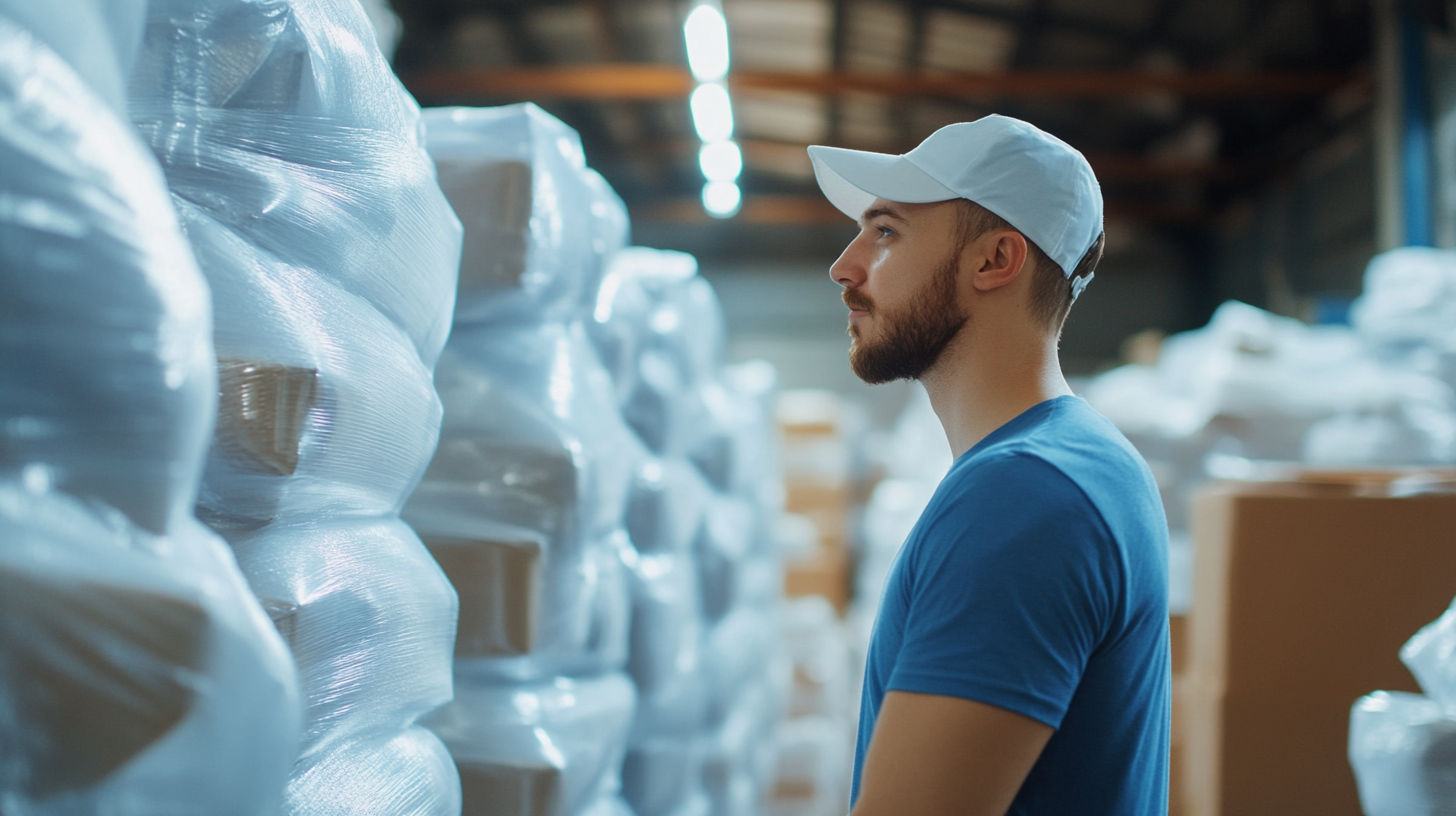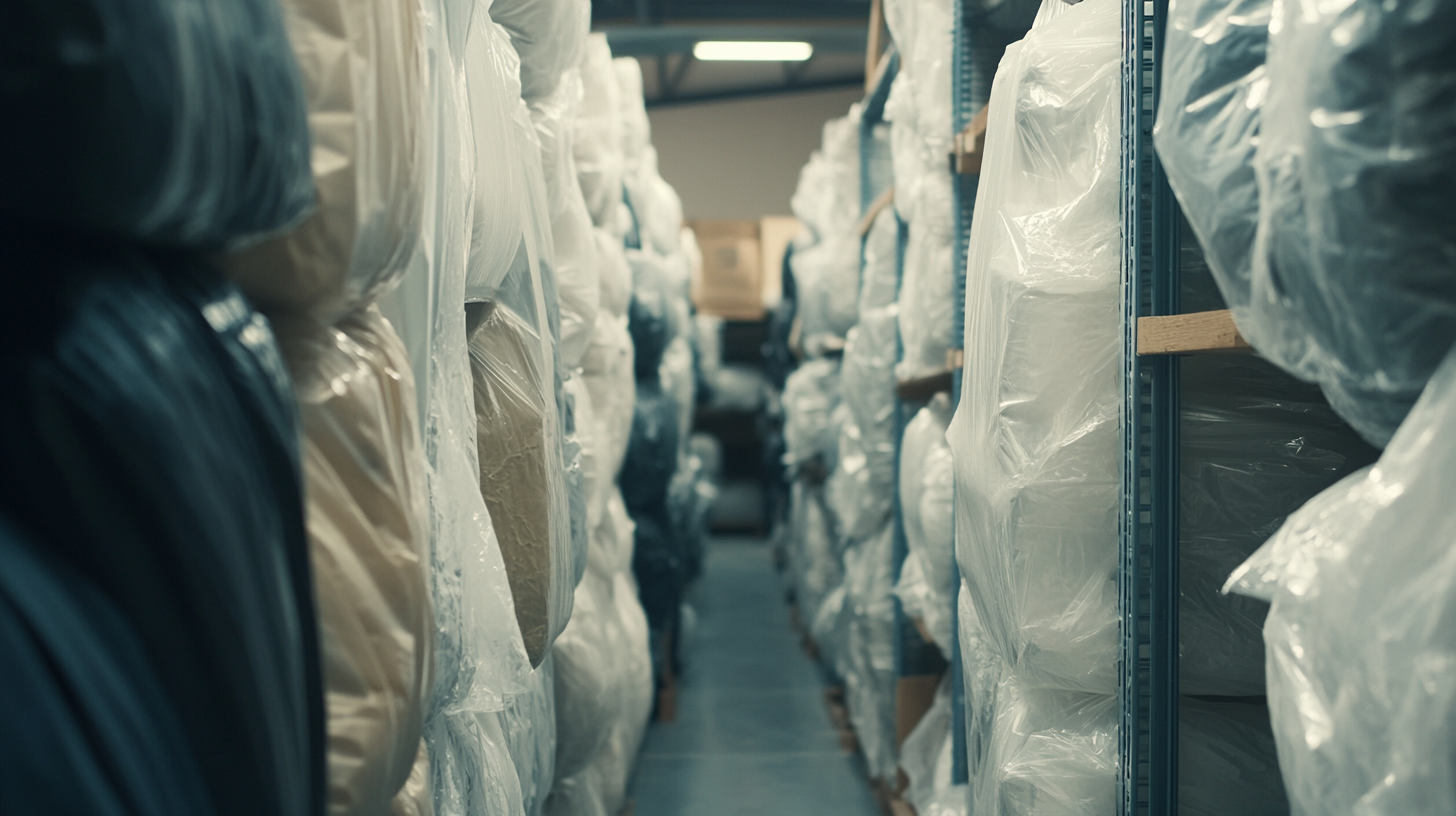The world moves toward a sustainable sphere, which creates pressure on businesses from within to use green materials in their production processes. The demand for global eco-friendly products has soared up, for instance, Grand View Research has reported that the green products market is predicted to reach a compound annual growth rate (CAGR) of 8.5% between 2021 and 2028. Among these emerging materials is being widely accepted as Eco-Friendly PEVA (Polyethylene-Vinyl Acetate), which is a substitutional alternative to plastic forms. The versatility and non-toxic characteristics of the material attract many companies willing for becoming innovative names in sustainability, yet fulfilling consumer requirements for greener options.
When adopted in product design, Eco Friendly PEVA would not only be aligned with eco-conscious values but also helps businesses fight off competition in an already saturated market. A recent survey by Nielsen underscores that 73% of millennials are willing to pay more for sustainable products. Those statistics speak a whole lot about the scope for brands that want to benefit from the eco-friendly trend. Companies can make a positive environmental contribution through this path and develop their appeal to an environmentally conscious clientele, paving the way towards a sustainable future by discovering the secrets of sourcing Eco Friendly PEVA products.

PEVA, short for polyethylene vinyl acetate, is becoming known as a versatile, eco-friendly alternative to traditional plastic materials. Because of its chemical composition, it is biodegradable, which is unlike most synthetic materials. The Environmental Protection Agency (EPA) has reported that PEVE breaks down rather easily in landfill conditions, whereas PVC takes hundreds of years to decompose. This characteristic is important for the business that is trying to lessen its environmental impact and attract green consumers. Apart from the biodegradability of PEVA, it is free of harmful substances such as chlorine, which are often the base of PVC. This makes its disposal less hazardous to the environment and safe for humankind. The Consumer Product Safety Commission reports show that toxic gases may be released when workers or consumers are in contact with chlorine plastics. In providing PEVA products, a manufacturer ensures it is providing a safer product and supporting the sustainability agenda. In addition, the trend in the current market shows an increasing demand for eco-friendly products; Grand View Research says that the global green packaging market will hit $1 trillion by 2027. The more businesses strive for sustainable operations and practices, the more it becomes important to learn and utilize materials like PEVA. When opting for PEVA for their product lines, companies contribute to the health of the Earth and help secure themselves an advantageous position in a competitive environment that prioritizes sustainability.

In contemporary years, there has been a good rise in consumer demand for eco-friendly products owing to a general trend in business towards sustainability. As the most recent news goes, consumer sentiments are developing further away from the low cost and inferior quality, which is forcing brands to revisit their strategies. This revolutionary indication is that people are not only looking for less expensive options but are ready to develop an association with premium, environmentally friendly products that resonate with their beliefs and emotional needs.
This makes they high further than the report saying the urge for very eco-friendly products is complemented by the prediction of shaping many customer behaviors in e-commerce for 2024. Most importantly, with people getting more concerned regarding purchasing sustainable products, so do the businesses need to modify the sourcing for green materials like PEVA. It would give the companies an added advantage not only of tapping this emerging trend but will also enable them to become part of the positives that this green market offers in their contribution to the environment.
Also, it means the need to escort brands to develop and create multiple Shopping experiences that would work well with the contemporary tastes and preferences of customers in the new market in which service consumption is enhanced. In this scenario, the introduction of green categories could effectively serve as part of the core strategies for providing consumers with such forms through which they can make eco-conscious choices and benefit from a seamless shopping experience. Therefore, for the future of the brand, such an alignment is a must since this is also the way towards expanding the bases for consumer demand and loyalty-both of which will be key to increasing sales.

When analyzing the production scenario for PEVA (polyethylene vinyl acetate), the overall sustainability of the processes should form an integral consideration. In advertising and commercial terminology, PEVA is often touted as the more environment-friendly alternative to PVC probably because it is non-toxic and does not contain chlorine. The sustainability of PEVA products, however, largely rests on how the production processes are executed. Green manufacturers are the ones that can radically cut down on carbon emissions since they are often called upon to deploy renewable energy in production, management of wastes, and selection of water-processes.
Therefore, an assessment of PEVA products would involve a detailed analysis of the supplier's production processes. Are recycled feedstocks incorporated into the production? A responsible manufacturer would certainly be trying to bring in some recycled PEVA or some other sustainable material, thus lowering the dependence on virgin resources. Furthermore, the chemical additives used in the production of PEVA can indirectly affect its sustainability profile. So it is necessary to ensure that those additives are safe both for human health and the environment. Eco-certification such as ISO 14001 on Environmental Management System could provide some assurance for the sustainable practices and lesser risks for unsustainable production processes.
Also, transparency through the supply chain would help companies that want to move toward a more eco-friendly way of doing business. By undertaking audits and questioning the suppliers about their production methods, companies can make certain that their PEVA products indeed meet their sustainability objectives. This effort would not only enhance the bonding foundation of the partners but also assist in developing a brand that consumers would rely on, thereby creating a more sustainable corporate model in a fast-emerging era of environmental consciousness.

It is highly imperative in the sourcing of eco-friendly PEVA products to find suppliers with whom a sustainable business relationship could be built. Working with industry initiatives for sustainability could be such an effective strategy as there are leading companies that collaborate with their suppliers to improve supply chain sustainability through partnerships and innovative financing solutions. These initiatives motivate suppliers to adopt common practices of going green and further ensure that there is commitment towards environmental responsibility by both suppliers and producing companies alike.
Adapting technology like artificial intelligence into managing a supply chain also comes in handy in optimizing operations. Proper use of AI features improves demand forecasting, reduces waste, and enhances greener practices, resulting in better sourcing business activities for high-quality PEVA products. This results in increased profitability and warmer bright ideas on efficient procurement processes linked with sustainable development goals, making it more comfortable for business organizations and suppliers alike.
A very important factor in adding value to their partnership with suppliers is acting with clear communication and transparency. Regular engagement and discussion will enable being sure that such suppliers are consistent with the required sustainability. Cooperating through building knowledge and resources will empower suppliers to improve their green supply chain. This is the proper way to market very environmental PEVA sourcing and a culture of sustainability across the industry.
As sustainability becomes the new buzzword in businesses across the globe, it is increasingly important to know the lifecycle impacts of products. With respect to environmentally friendly materials, such as PEVA (polyethylene vinyl acetate), their environmental impacts must be traced from cradle to grave. In this aspect, it is known that PEVA is a better alternative than PVC because of its lower toxicity and lesser reliance on hazardous chemicals. However, on the other hand, a proper environmental account shows that the natural resources depletion, energy consumption, and waste disposal generated from its manufacture can still be an important environmental concern.
In recent years, products measuring environmental impacts, such as the approval of new projects and the guidelines on greenhouse gas emissions, re-emphasize the importance of a comprehensive study in resource-consuming industries. In this regard, oil and gas industries are being investigated to ensure that their projects keep pollutants at bay and comply with environmental standards. Such scrutiny is in tandem with the emergent calling for assessments in the product life cycle of PEVA, where the focus should go beyond the end product to include sourcing practices, manufacturing processes, and implications of disposal methods.
Then again, the recognition of the companies that aim to create a positive impact socially and environmentally through various certifications establishes a wider trend of evaluating the ecological accountability of all sectors including sustainable product sourcing. Hence, it is said that a proper understanding of these lifecycle impacts provides a meaningful perspective for business decision-making about PEVA that leads to sustainability-oriented practices not only for regulatory compliance but also in support of sustainability itself within the marketplace.
The rise in consumer demand for eco-friendly products is driven by a broader trend towards sustainability, where consumers are prioritizing higher-quality, sustainable options over low-cost alternatives that do not align with their values.
Businesses should adapt by rethinking their sourcing strategies to include eco-friendly materials, such as PEVA, and innovating their shopping experiences to cater to modern consumer preferences for sustainability.
PEVA is marketed as a more environmentally friendly alternative to PVC due to its non-toxic properties and absence of chlorine, making it a safer choice for consumers and the environment.
Manufacturers can ensure sustainability by utilizing renewable energy, minimizing waste, incorporating recycled materials, and using safe chemical additives during the production of PEVA.
Supply chain transparency is important because it allows businesses to verify that their suppliers follow sustainable practices, fostering trust and ensuring alignment with the company's environmental goals.
When assessing the lifecycle impact of PEVA, it is important to consider the environmental footprint from production to disposal, including resource depletion, energy consumption, and waste management.
Certifications like ISO 14001 indicate a manufacturer's commitment to sustainable practices and can reduce the risks associated with unsustainable production methods, helping consumers trust the brand.
Recent trends in industries, such as oil and gas, emphasize the need for rigorous environmental impact assessments to mitigate pollutants and ensure compliance with environmental regulations, paralleling the need for such assessments in the lifecycle of products like PEVA.
As consumers increasingly seek eco-friendly options, brands that align their practices with these values are likely to foster stronger brand loyalty by resonating with the emotional needs of conscious consumers.
Enhanced shopping experiences that integrate eco-friendly product lines allow consumers to make environmentally responsible choices while enjoying a seamless shopping process, thereby increasing the likelihood of purchase.